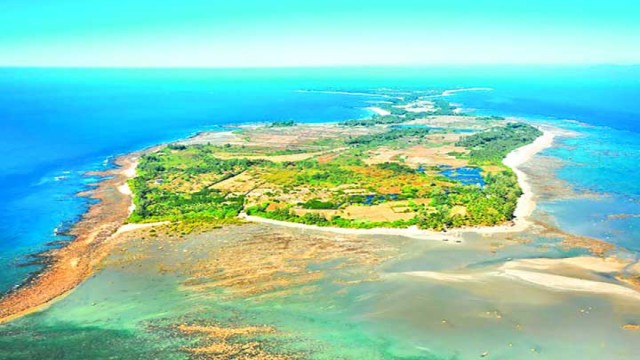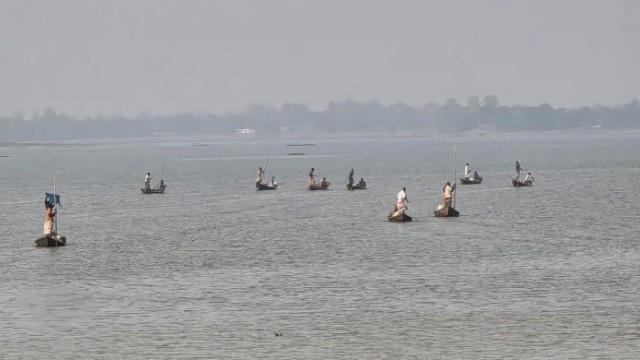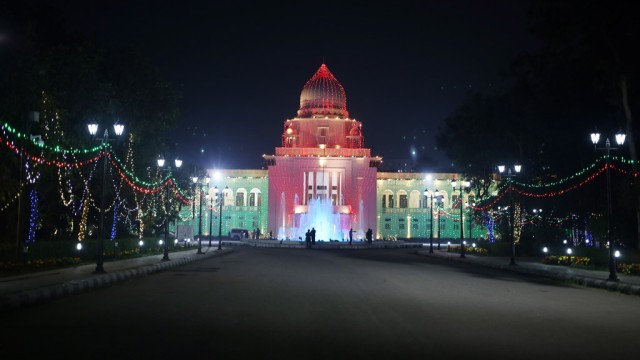St. Martin's, Nov 07 (V7N) — St. Martin’s Island, the only coral island in Bangladesh, has long been celebrated as a paradise for nature lovers. With its crystal-blue waters, white sandy beaches, and vibrant coral reefs, it stands as one of the country’s most enchanting natural destinations. Yet, beyond its scenic charm, St. Martin’s holds immense potential to become a model for eco-tourism—if sustainable and environmentally friendly initiatives are undertaken in a planned and regulated manner.
St. Martin’s Island, located about 9 kilometers south of the Teknaf coast in Cox’s Bazar, spans just 8 square kilometers. Despite its small size, it is home to a rich diversity of marine life, including corals, mollusks, oysters, sea turtles, various fish species, and migratory birds. This natural biodiversity positions the island as an ideal destination for eco-tourism, where conservation and community participation can go hand in hand.
Because of its limited area, it is relatively easy to manage and monitor eco-friendly tourism practices on the island. Experts suggest that a well-planned system could maintain both the ecological balance and the economic benefits of tourism. The involvement of local residents—many of whom are fishermen—can play a key role. By engaging them as eco-tourism guides, homestay operators, and participants in waste management, they can become protectors of the island’s fragile environment rather than its victims.
However, the island now faces significant challenges. Uncontrolled tourism has led to widespread coral bleaching and environmental degradation. Plastic pollution, excessive boat traffic, and overcrowding—often exceeding 5,000 to 6,000 tourists per day—are severely straining the island’s natural capacity. Inadequate waste management, a lack of eco-friendly infrastructure, and the absence of renewable energy sources further compound the problem.
Tourism and environmental experts propose several sustainable solutions to restore the balance. Establishing eco-friendly hotels and homestays powered by solar energy and designed with plastic-free systems could greatly reduce environmental pressure. Strict control over daily visitor numbers would help maintain the island’s ecological integrity. Training programs for locals could raise environmental awareness while improving livelihoods through the promotion of local crafts and sustainable services.
Additionally, setting up a marine research and observation center could play a crucial role in coral and biodiversity conservation. By continuously monitoring ecological changes, such a center could support long-term sustainability initiatives and help policymakers make informed decisions.
Tourism analysts believe that if St. Martin’s Island is transformed into an eco-tourism model, it could set a new benchmark for sustainable tourism in South Asia. This transformation would not only strengthen Bangladesh’s tourism economy but also safeguard a rare and irreplaceable ecosystem.
St. Martin’s is more than just a destination—it is a natural treasure of Bangladesh. Through responsible, well-planned, and environmentally sensitive measures, this coral paradise can be preserved for generations to come while showcasing Bangladesh’s commitment to sustainable development and marine conservation.
END/SR/SMA/






























Comment: